Panel Prefab Homes: What are they and why would you get one?
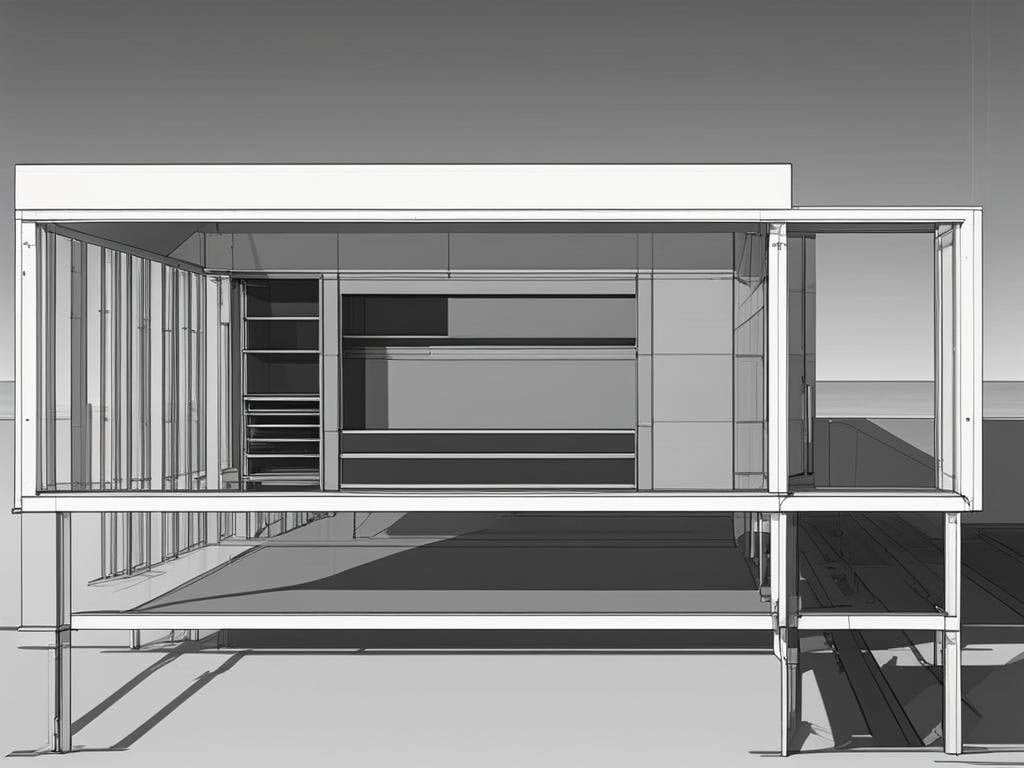
Prefab homes, also known as prefabricated houses or modular homes, offer a quick and cost-effective solution for building a new property. Contrary to the outdated perception of boxy post-war builds, modern prefab homes provide a wide range of design choices, outstanding efficiency benefits, and cost certainty.
These types of homes are popular in Europe, America, Australia, Canada, and Japan. While not as popular in the UK, prefab homes have been gaining traction among self builders in recent years, as they offer convenience, value for money, and energy-saving advantages. Prefab construction involves off-site manufacturing of components, such as wall panels, which are then assembled on-site. This method allows for precise construction and reduces the risk of errors. Many prefab homes are built with high-quality materials and have comparable construction standards and longevity to traditional brick-built houses.
Panel prefab homes come with their own set of advantages and considerations. Let’s explore further.
Key Takeaways:
- Panel prefab homes are a quick and cost-effective solution for building a new property.
- They offer a wide range of design choices, efficiency benefits, and cost certainty.
- Off-site manufacturing of components allows for precise construction and reduces errors.
- Many prefab homes are built with high-quality materials and have comparable construction standards to traditional houses.
- While popular in other countries, prefab homes are gaining traction among self builders in the UK.
What Are Prefab Homes & What is Prefab Construction?
Prefab homes, also referred to as prefabricated houses, are a type of off-site construction where components of a building are manufactured in a controlled factory environment before being transported to the construction site for assembly. Prefab construction encompasses various methods, including closed panel systems built with timber frame or structural insulated panels (SIPs).
These systems involve pre-fitted sections that include insulation, windows, doors, and cladding. The level of off-site manufacturing and customization depends on the individual’s preferences and involvement in the building process.
Modular construction is a subset of prefabrication, where self-contained volumes or rooms are produced off-site and combined to form larger structures. Kit homes are another type of prefab housing, where structural packages are designed and delivered in flatpack form for on-site assembly.
prefabricated houses, modular homes, prefab construction, off-site construction, closed panel systems.
Pros and Cons of Panel Prefab Homes
Panel prefab homes offer several advantages over traditional construction. Firstly, they are often more cost-effective, with a shorter construction timeline than conventional brick-built homes. The precision manufacturing in a controlled factory environment reduces errors and increases predictability in terms of quality and cost. Prefab homes are also known for their energy efficiency, with options for high-performance insulation and eco-friendly technologies such as heat pumps and solar PV. These homes can save on long-term heating and cooling costs and have lower CO2 emissions.
However, there are also some considerations to keep in mind. Panel prefab homes require accurate measurements and careful planning, as modifications on-site are limited. Changes or extensions to the structure may prove challenging once the home is fully assembled. Additionally, transportation logistics need to be considered for delivery to the construction site.
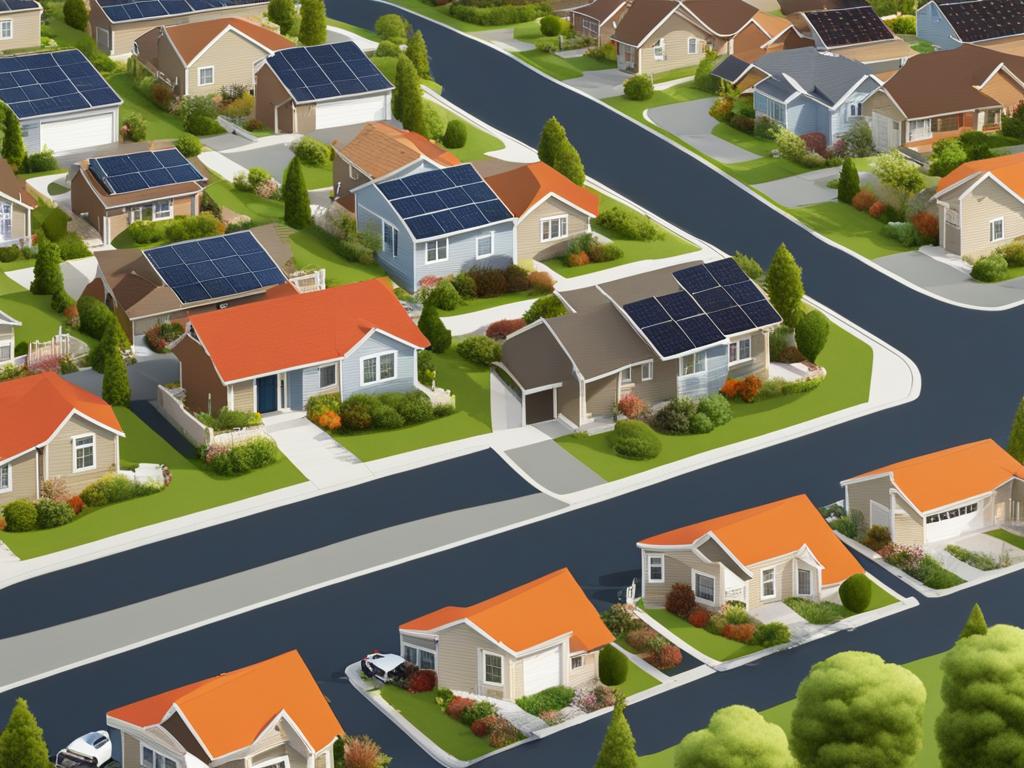
- Advantages of Panel Prefab Homes:
- Cost-effective construction
- Shorter construction timeline
- Precision manufacturing
- Energy efficiency
- Considerations for Panel Prefab Homes:
- Accurate measurements and planning
- Limitations on modifications
- Transportation logistics
Design Freedom with Panel Prefab Homes
Panel prefab homes offer a wealth of design options and customization opportunities. When collaborating with architects and prefab suppliers, you can achieve bespoke designs that perfectly align with your individual preferences, adhere to planning regulations, and meet your eco goals.
Many prefab manufacturers provide a catalogue of high-quality designs that can be personalized with a variety of finishes, ensuring that your home reflects your unique style and taste. Working with an in-house architect further enhances the design process, allowing you to create a truly exceptional living space.
Customization options for panel prefab homes extend beyond aesthetics. You have the freedom to select doors, windows, lighting, fixtures, fittings, flooring, and interior decor, tailoring your home to suit your specific needs and preferences.
Furthermore, some prefab home manufacturers offer the flexibility for modification at the planning stage. This means that you can make adjustments to room layouts, sizes, and even add optional extras such as balconies or mezzanines, ensuring that your home meets your exact requirements.
The level of design freedom may vary depending on your chosen prefab supplier and your level of involvement in the design process. However, rest assured that panel prefab homes offer a wealth of possibilities to bring your dream home to life.
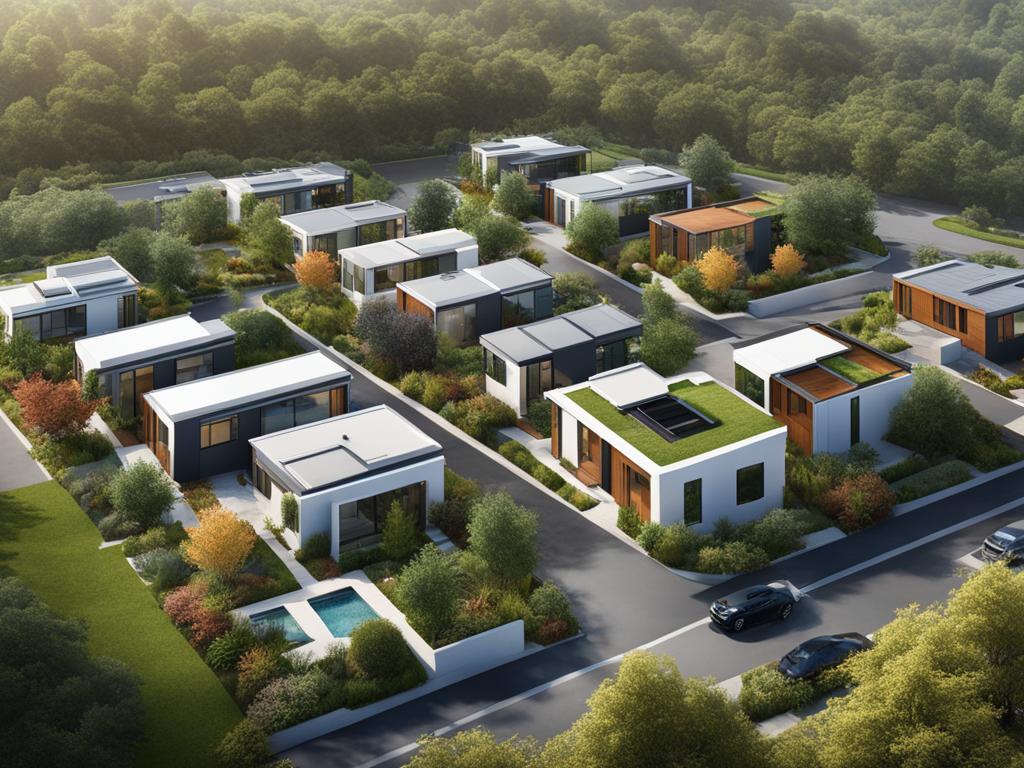
The Benefits of Panel Prefab Home Construction
Panel prefab home construction offers several benefits. The off-site manufacturing process allows for precise construction and quality control, reducing the risk of errors during assembly. This method also reduces construction time and provides cost certainty, as the components are manufactured in a controlled environment and can be accurately priced.
Prefab homes can be built with efficient insulation, windows, and other eco-friendly features, resulting in energy-efficient and sustainable housing. The factory production of components, such as wall panels, allows for faster on-site assembly, reducing the overall construction timeline. Additionally, prefab homes have comparable construction standards and longevity to traditional brick-built houses, dispelling the misconception that they are of lower quality.
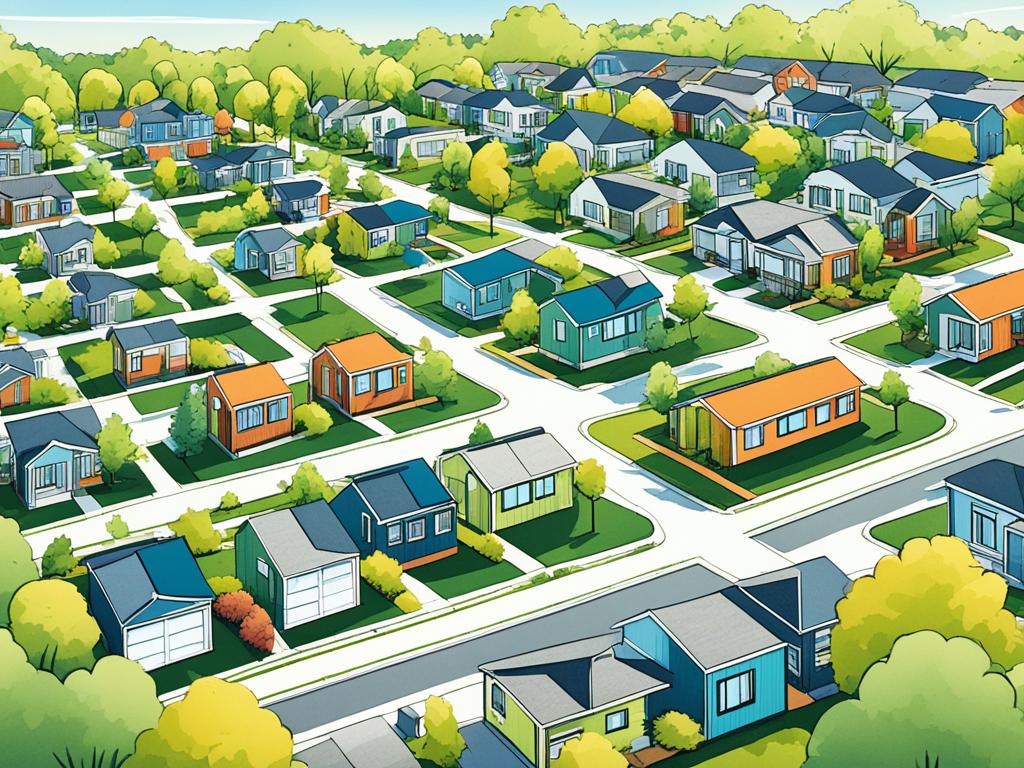
The efficiency benefits of panel prefab homes make them an attractive choice for modern living. With off-site manufacturing and precise construction techniques, these homes offer quality and cost certainty. The use of energy-efficient materials and technologies ensures sustainable and eco-friendly housing while providing comfort for homeowners. The factory production of components allows for faster construction and reduces the overall timeline, making panel prefab homes a practical and efficient option for those looking to build their dream homes.
Conclusion
Panel prefab homes offer a modern and sustainable approach to housing construction. With their efficiency, customizability, cost-effectiveness, and eco-friendly features, they are becoming an attractive option for individuals looking to build their dream homes. The off-site manufacturing process and precise construction techniques ensure high quality and reduce the risk of errors.
While there are some limitations in terms of modifications and transportation logistics, the benefits of panel prefab homes outweigh these considerations. Prefab homes provide a speedy and streamlined building process, resulting in shorter construction timelines and cost certainty. With options for energy-efficient insulation, windows, and other eco-friendly features, these homes offer long-term savings on heating and cooling costs while reducing the carbon footprint.
Whether choosing from pre-designed options or working with an architect to create a bespoke design, prefab homes provide an efficient and customizable solution for modern living. They offer a range of design choices and collaboration possibilities, allowing homeowners to personalize their spaces based on their preferences, planning regulations, and eco goals. Overall, panel prefab homes offer a practical and sustainable alternative to traditional construction methods, allowing individuals to build their dream homes in a cost-effective and environmentally friendly way.
FAQ
What are panel prefab homes?
Panel prefab homes, also known as prefabricated houses or modular homes, are properties that are constructed off-site in a controlled factory environment. The components, such as wall panels, are manufactured and then transported to the construction site for assembly.
Why would you choose a panel prefab home?
Panel prefab homes offer several advantages, including cost-effectiveness, energy efficiency, and customization options. They are constructed with high-quality materials and have comparable construction standards and longevity to traditional brick-built houses.
What is prefab construction?
Prefab construction is a method where building components are manufactured off-site and transported to the construction site for assembly. This includes closed panel systems built with timber frame or structural insulated panels (SIPs) and modular construction, where self-contained volumes or rooms are produced off-site and combined to form larger structures.
What are the pros and cons of panel prefab homes?
Panel prefab homes have several benefits, including cost-effectiveness, shorter construction timelines, and energy efficiency. However, they require accurate measurements and careful planning, as modifications on-site are limited, and transportation logistics need to be considered for delivery to the construction site.
Can I customize a panel prefab home?
Yes, panel prefab homes offer a range of design options and customization. Collaboration between architects and prefab suppliers allows for bespoke designs that cater to individual preferences, planning regulations, and eco goals. Customizable features include doors, windows, lighting, fixtures, fittings, flooring, and interior decor.
What are the benefits of panel prefab home construction?
Panel prefab home construction offers several benefits, including precise construction and quality control due to the off-site manufacturing process. This method reduces the risk of errors during assembly and provides cost certainty. Prefab homes can also be built with energy-efficient insulation and eco-friendly features, resulting in sustainable and cost-effective housing.
What makes panel prefab homes a sustainable housing option?
Panel prefab homes are a sustainable housing option due to their energy-efficient features, such as high-performance insulation and eco-friendly technologies like heat pumps and solar PV. These homes can save on long-term heating and cooling costs and have lower CO2 emissions compared to traditional construction methods.

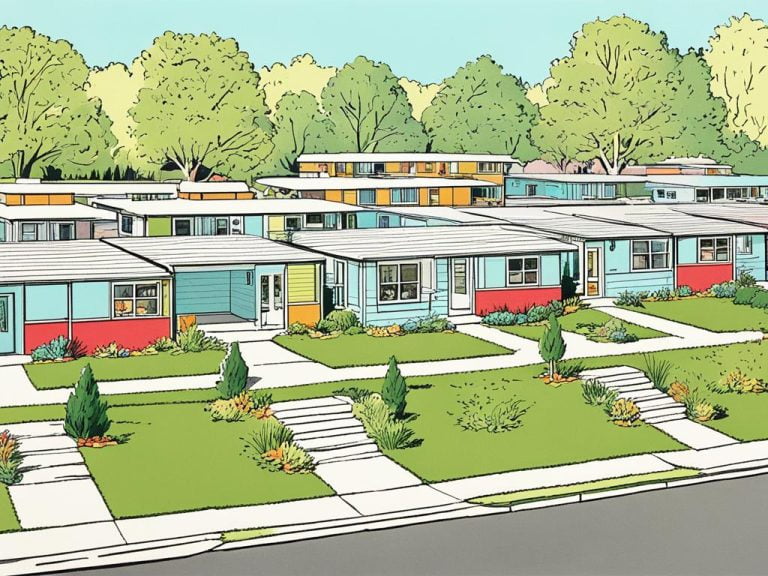
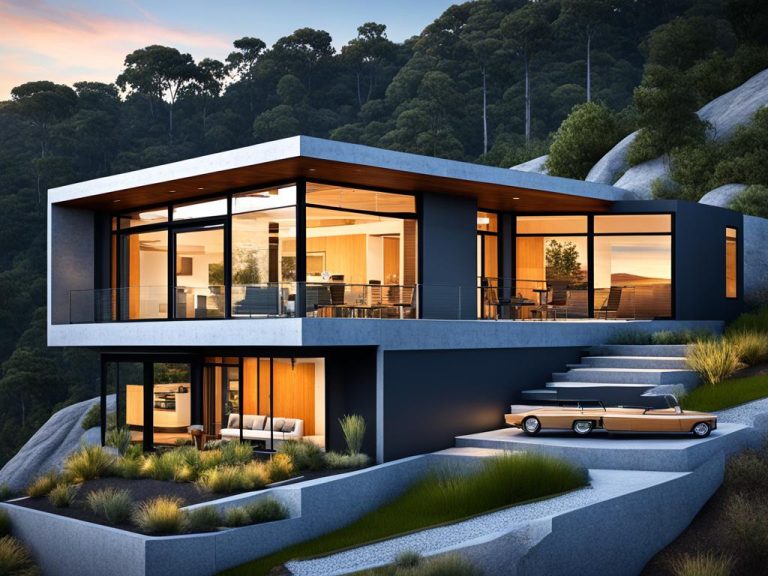

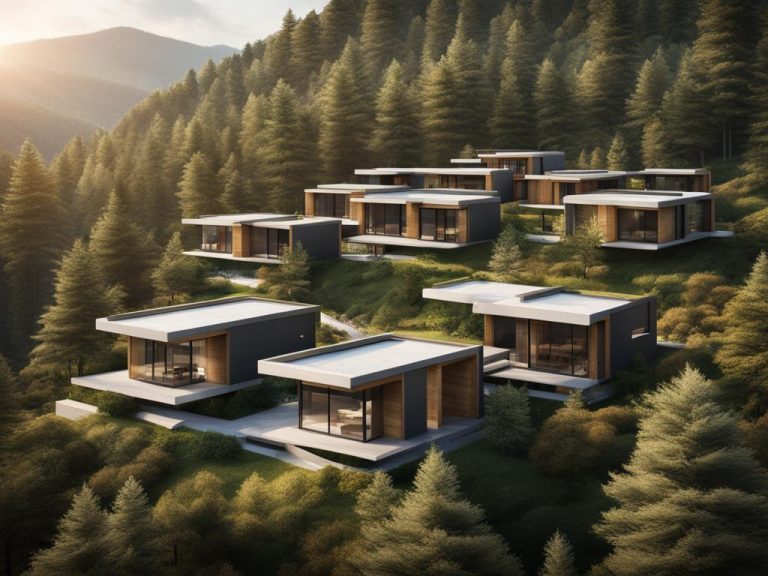
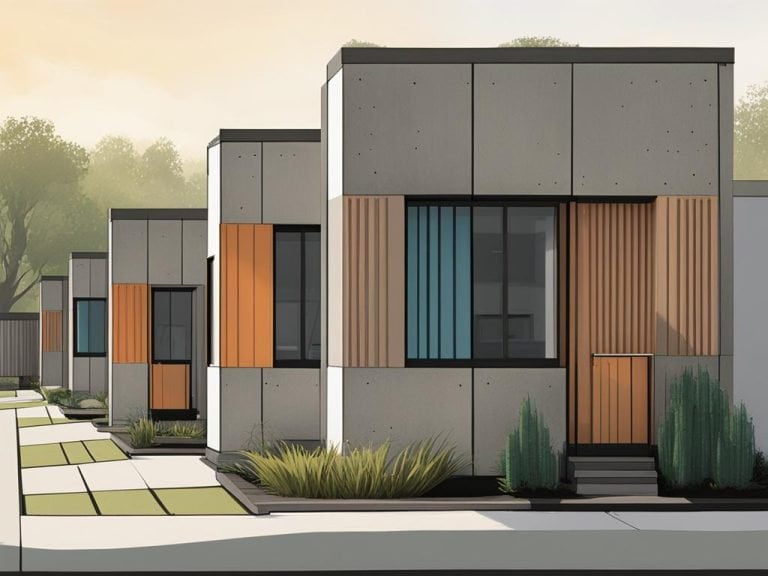
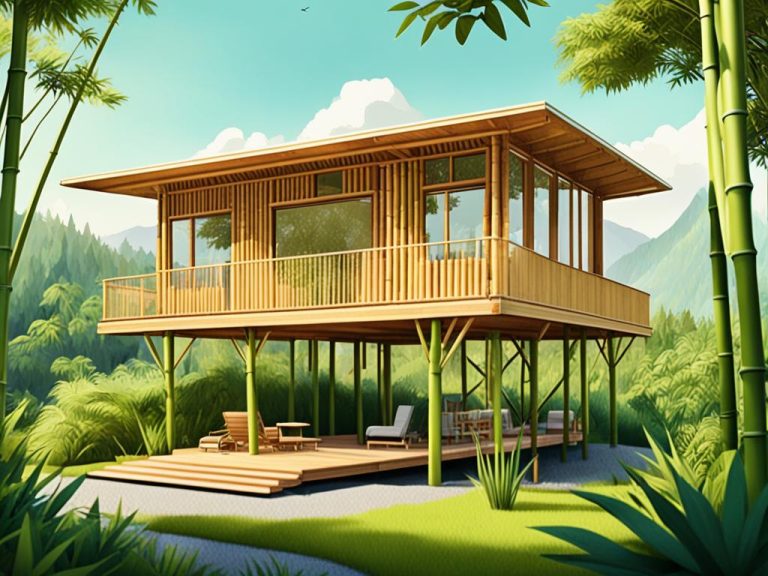
Thank you for the good writeup. It actually used to be a enjoyment account it. Look complex to far delivered agreeable from you! By the way, how could we keep in touch?
This is the right blog for anyone who wants to find out about this topic. You realize so much its almost hard to argue with you (not that I actually would want…HaHa). You definitely put a new spin on a topic thats been written about for years. Great stuff, just great!
You are a very capable individual!
Thank you for your sharing. I am worried that I lack creative ideas. It is your article that makes me full of hope. Thank you. But, I have a question, can you help me?